Top 10 Rules of Travel Photography
![]()
Photography is not about the camera. It’s not even about the beautiful images we create. It is about telling powerful stories. Photography is a tool for creating awareness and understanding across cultures, communities, and countries; a tool to make sense of our commonalities in the world we share. I believe the way to find common ground is by seeing yourself in others.
A lot of my work involves traveling to foreign countries and living in remote places. My job is to become invisible and get close to people and wildlife, so I can bring their stories to life. It’s no different being in my home state of Montana than it is being in a country ten thousand miles away. For me, the intimate moments always matter the most.
Photography has been my passport to meeting people, learning, and experiencing new cultures. I want to talk about the methods and sensibilities I use to bring back powerful, story-telling images without getting hurt in the process. Here are the top ten rules that I live by.
1. Research
Read everything you can about the place you’ll be visiting, especially local newspapers and social media. Local stories that may not reach the large international papers give me clues about what’s really happening in a place. Establish relationships before you even get on the plane. Make a point of befriending other photographers and sources. Nothing is as valuable as another photographer who has been there. I like to use social media to meet people, or through websites such as lightstalkers.org, where there’s a forum to connect and ask questions.
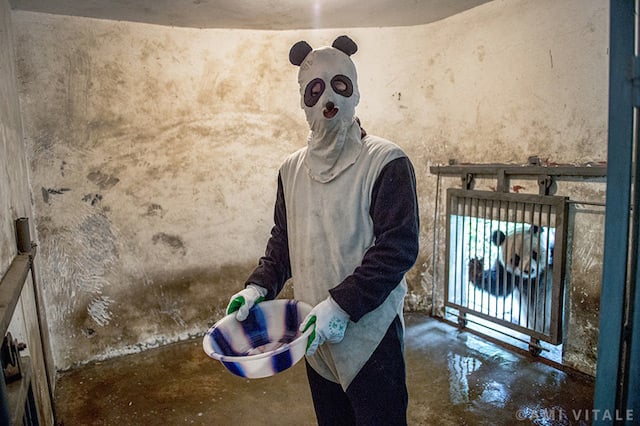
2. Go deep
I don’t view travel photography as solely an adventure. Although I get to witness extraordinary things, it’s not simply about jetting off to exotic places. The magic really begins when you stay in a place and give yourself enough time to gain insight and understanding. It requires tremendous persistence and patience, but I would rather spend more time in one place than try to see it all. One way to get beyond surface images is to plan a trip to one location, several times, if you can. Below are two anecdotes about how I gained access and went deeper into a story.
![]()
I spent a couple of days with Subita and her family. At no time were we alone; around us hundreds of digital cameras were firing away. Before dawn broke, as we huddled around a fire, at least a half dozen people were looking at her only through their lens. The only time any of them acknowledged me was to ask me a technical question, like what ISO would work best in the stingy light.
Later, Subita would tell me how dehumanizing the impact of eager tourists and their cameras were on her. They made her feel like an animal―this is how she expressed it. No one even said namaste, or hello, to her. Those who surrounded her were after only one thing—what they considered a great shot. It was a hunt and she was simply the prize.
If some of the people who surrounded Subita had taken the time to spend even a few hours with her, learning a bit more about her life, they would have had a story and not just an image.
3. Be authentic and sensitive
The easiest way to make compelling, real photographs of people is by being authentic. Making candid images of people is not a trick. It’s a skill a photographer can develop, which requires respect for the subject and building a relationship in the time you have together. Successful pictures of people almost never happen from a distance. Put away the telephoto lens and become part of the moment.
Talk to people. Whether it’s simply a nod of acknowledgement, a greeting, an explanation of what you’re doing, or a long involved conversation, connect with the people you are photographing. Remember, we have more in common with each other than you might think. Don’t look at people as different or exotic. Rather, focus on the things that unite and bind us.
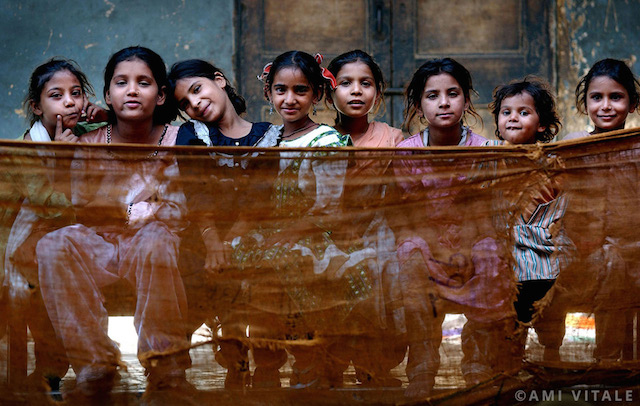
4. Know your equipment
If you exude apprehension or tension, people pick up on it and cannot relax with the added element of a camera. Know your equipment so that you can focus on relating to your subjects. Your confidence in yourself will instill confidence in them. For me, simplicity is the key to success. I never bring new gear on an assignment or a trip, it’s always tested at home first, and I bring backups on the real trip. Simple is always better. It’s okay to use the latest and greatest technology, but know how to use it before you start your trip.
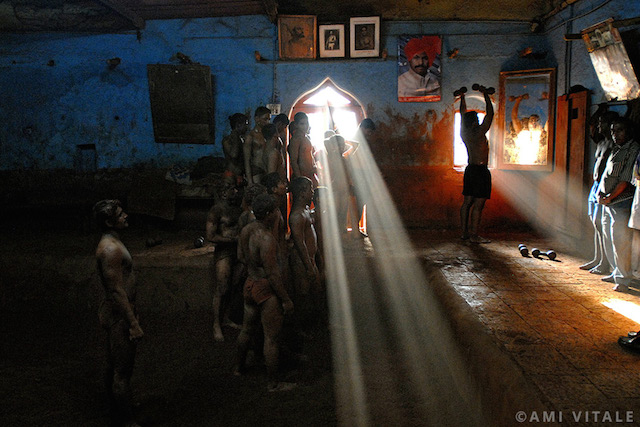
5. Keep good notes
You think you will remember everyone you meet, but time and age fade the memory. In the past, I used to take down people’s names and a short description of what they were wearing, or some distinguishing feature about them. I would get back home, start looking through my notes and discover many of the girls I was photographing wearing similar-looking pink dresses. Now I carry my phone, loaded with a model-release app called EZ Release, which allows me to take pictures and get their consent at the same time. I also make a habit of writing captions and labeling images right after a trip ends, and not procrastinating.
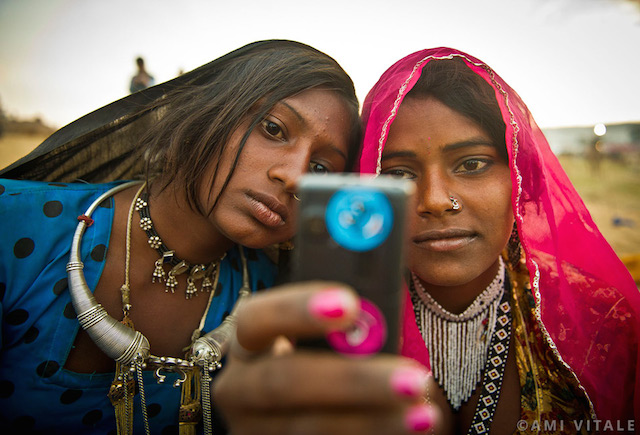
6. Dress appropriately
Fit in with the scene. Understated is always best. Again, sensitivity for the mores and norms of where you are goes a long way to being accepted. A female photographer may want to wear a scarf to cover her head in some cultures. It’s one of the most visible ways to show respect for local sensibilities. I also avoid looking like the stereotypical photographer (black cargo pants or vests with lots of pockets).
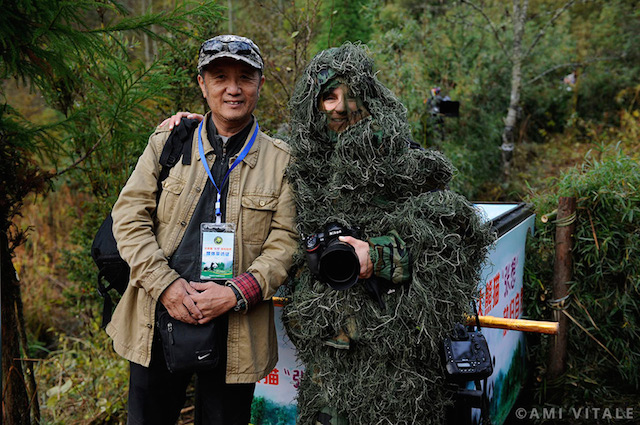
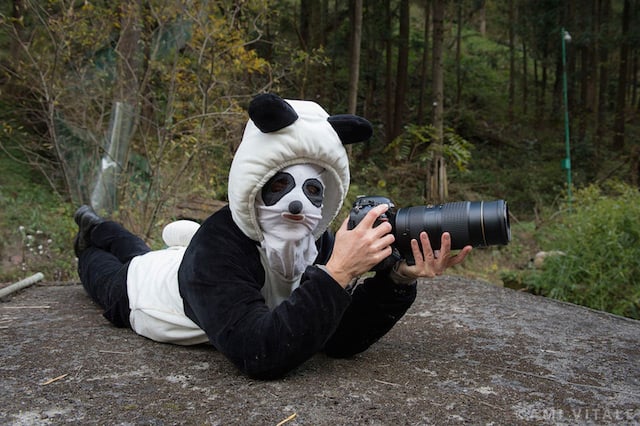
7. Meet the leaders
Whether you’re in a slum or a city, there’s always a hierarchy. If you take the time to explain why you’re there and get the blessings of the leaders or elders in any community, it will keep you safer than wandering around aimlessly. As a woman, I also take time to meet the women leaders in a community, too.
One evening, after photographing angry protesters, a rogue group of young men decided that they wanted to use me as an example to show their anger towards US policy. I had spent the day with the women leaders in the village, and they came to my rescue when they saw the mob scene developing around me. After that, I always spend the first day of any trip meeting local leaders wherever I’m working, and get their blessing. I’m always amazed at how quickly the news of my project spreads in a community. Everyone knows why I am there and doors open.
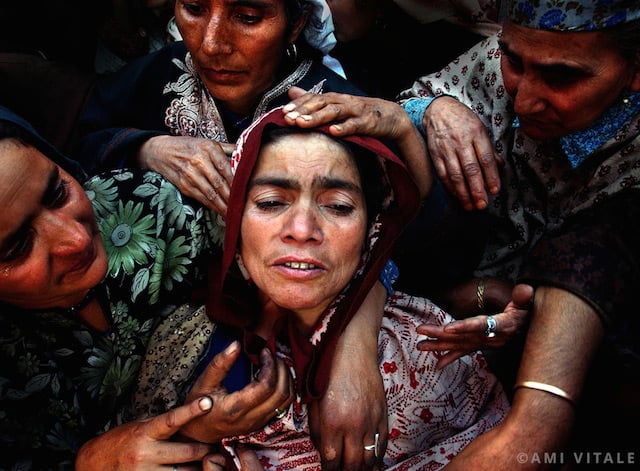
8. Trust your instincts
I rely on the kindness of strangers everywhere I go. It is real and out there—most people are lovely and kind. It’s a wonderful world out there, but remember to be on guard, as unfortunately, bad clouds can form and tensions can escalate. Trust your instincts and don’t ever assume or be lulled into a false sense of security. Even if it feels safe, don’t let your guard down. I have found that establishing relationships in advance is the best way to prepare.
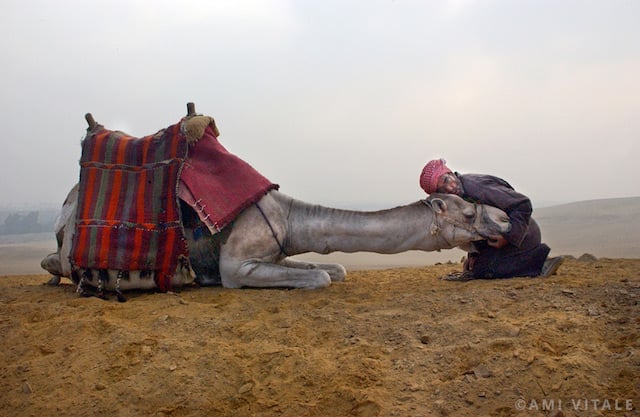
9. Give back
Your subjects are giving of themselves. Don’t abuse their gift of sharing their lives. Don’t treat them like models. Send back some prints, cherish the moment, and treat them well. Don’t promise if you don’t intend to deliver. In this age where many people are digitally connected, it has become easier than ever to email a jpeg to an address for your subjects to share.
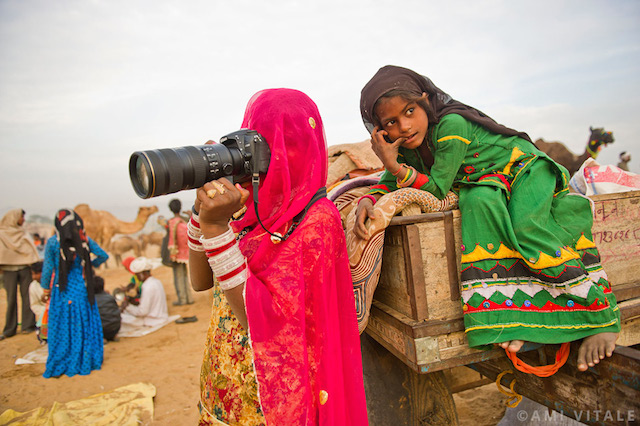
10. Have fun
Yes, getting the shot is important, but be thankful that you have the opportunity to even be where you are. Pinch yourself and enjoy the moment. It relaxes everyone, and the pictures and stories are better for it.
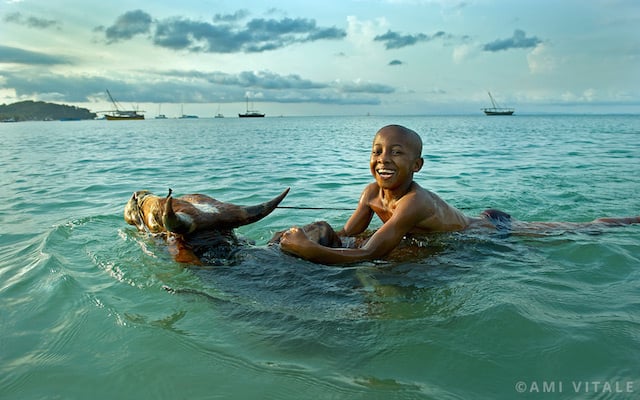
If there is only one thing you take away from this, I hope it’s the understanding that all of us are not only photographers, but we are storytellers. There is a beautiful, universal truth everywhere and, if you peek under the veil, you’ll find a wondrous commonality between us. I hope that in your travels, you use your camera not just as an extension of your eye but also as an extension of your heart.
Image credits: Best known for her cultural documentation and travelling widely, Ami Vitale‘s photographs have been published in major international magazines such as National Geographic, Adventure, Geo, Newsweek, and Time. Her essential gear list includes two Nikon D4(s) bodies, a 24mm, 1.4 lens, a 24-70mm lens, an 80-400mm lens, Nikon SB910 flash, Nikon SU Commander transmitter, and a Manfrotto fluid head tripod. Keep up with Ami by following her on Instagram, Twitter and Facebook. This article originally appeared here, and is part of B&H Photo’s Travel Series, which you can find here.